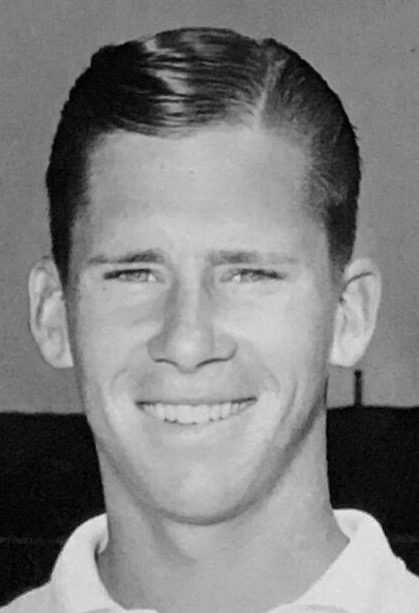Dick Leach, one of the legendary tennis coaches in college tennis, passed away at age 83. As the head coach of the Trojans of the University of Southern California between 1980 and 2002, Leach, guided his team to four NCAA team championships (1991, 1993, 1994 and 2002). Leach tutored many top players in his time at USC, including his sons Rick and Jon Leach, as well as Robert Van’t Hof, Eric Amend, Matt Anger, Scott Melville, Luke Jensen, Tim Pawsat, Byron Black, Wayne Black, Andrew Park, Cecil Mamiit and Prakash Amritraj among others.
One of specialties of Leach was his prowess in teaching doubles play. During his coaching tenure, three teams won NCAA doubles titles (Rick Leach and Tim Pawsat, Rick Leach and Scott Melville, Byron Black and Eric Amend) and his oldest son Rick went on to become the No. 1 doubles player in the world, while winning doubles titles at Wimbledon and the U.S. and Australian Opens.
In the book “Trojan Tennis: A History of the Storied Men’s Tennis Program at the University of Southern California (here https://a.co/d/7oZjC5U via @Amazon) author Mark Young published the “Dick Leach Rules For Doubles” which can be implemented by players of all levels. They are posted below as seen in the “Trojan Tennis” book.
Dick Leach’s Rules for Doubles
For the team returning serve:
- If the service return is hit well and at the server’s feet, the person at the net should poach every time. Breaking serve is critical to winning a match and this is one way to steal a point.
- If you are the receiver’s partner, go straight towards the net and then try and cut off the half volley. Most players just cut across the service line and this leaves the alley wide open allowing the server to get a cheap point by pushing the ball up the line. Remember, it’s hard to make a put away volley from your own service line. Also by going straightforward you will get a ball that is above the net rather than a low volley that you can’t put away.
- Play the angles, but remember if you hit an angle you set up a bigger angle coming back at you and you could also be putting your partner in a vulnerable or difficult position.
- For a right-handed player in the deuce court, if the serve is up the middle and jams your backhand, hit your return hard up the alley rather than try to hit an inside out backhand. A chip lob is also very effective when you get jammed on your backhand.
- There is nothing wrong with setting up a point. Hit a heavy cross-court shot at the feet of the opponent and charge the net anticipating a high volley.
- When in doubt, hit the second and third shots up the middle of the court forcing the other team to choose who takes the volley.
- A cross-court lob in doubles can be very effective because of the alleys and increased size of the playing area.
- Use a safe slice return at the server’s feet and then rush the net to put away a half volley from the opponent.
- Communication is critical with your teammate. Use signals or verbal communication between points.
- Err on the side of a high percentage of first serves. At the highest levels of tennis your opponent loves to have a second serve to crush.
- As a doubles team, move laterally together. If one person is forced out wide the teammate must cover the middle.
For the team serving:
- The player at the net has to keep moving. That person has to distract the player who is returning serve and have him think about what the net person is doing.
- If you are the net player, give the alley away and play more to the middle of the service box. In other words if you take one step and use the length of the racket you can still get to any ball that is hit up the alley. This also makes it difficult for the receiver to hit cross- court without his shot being cut off.
- The role of the net person is critical. If the team serving loses serve it is most likely the fault of the net player because he is not aggressive enough.
- Volleying is highly underrated. It is not that difficult to be a good volleyer but most players neglect the importance of the volley and do not practice it enough.
- Err on the side of serving up the middle. The wide serve creates too many angles for the player who is returning serve.

